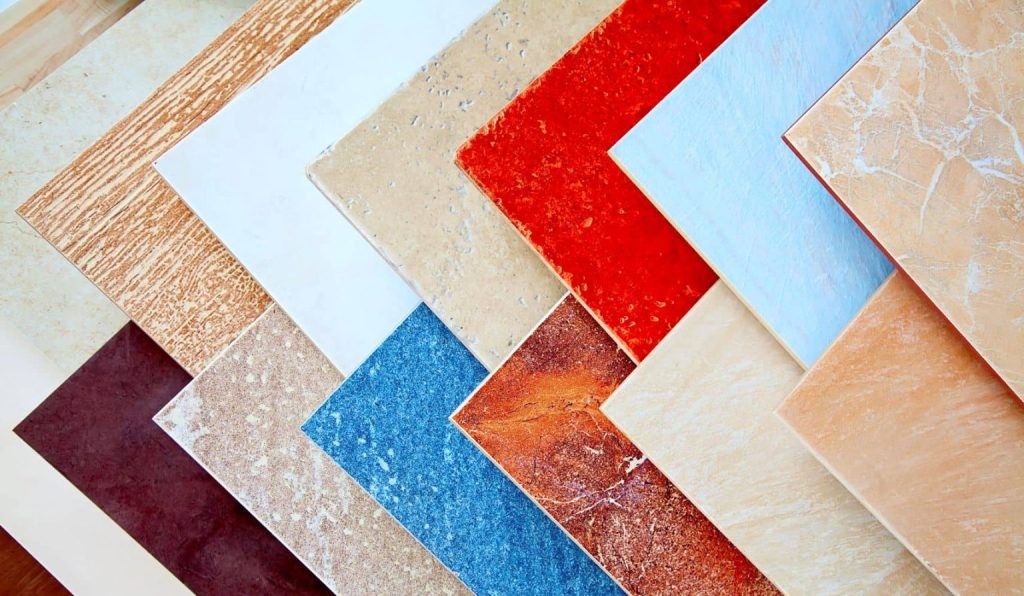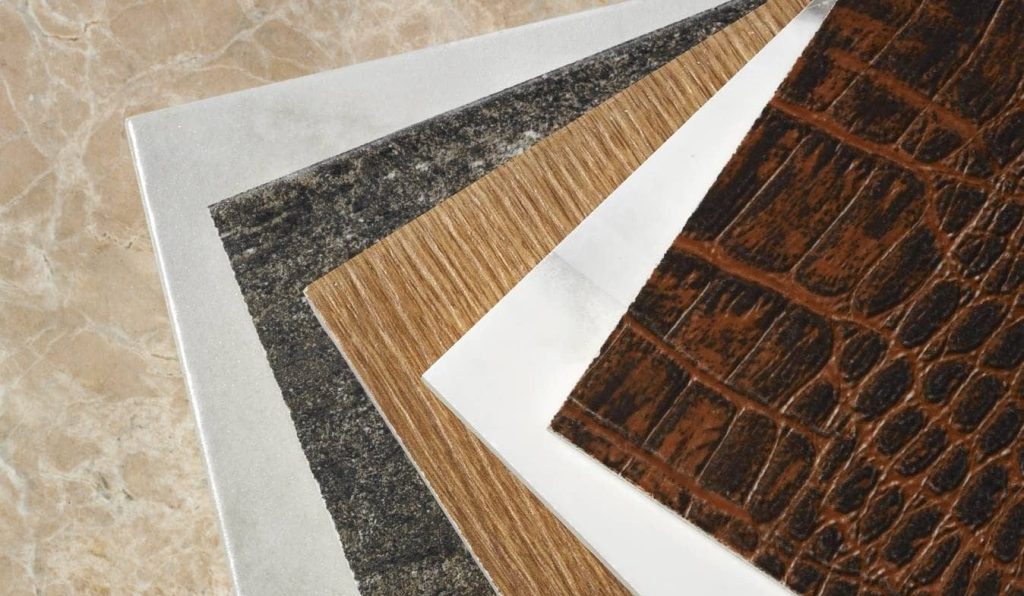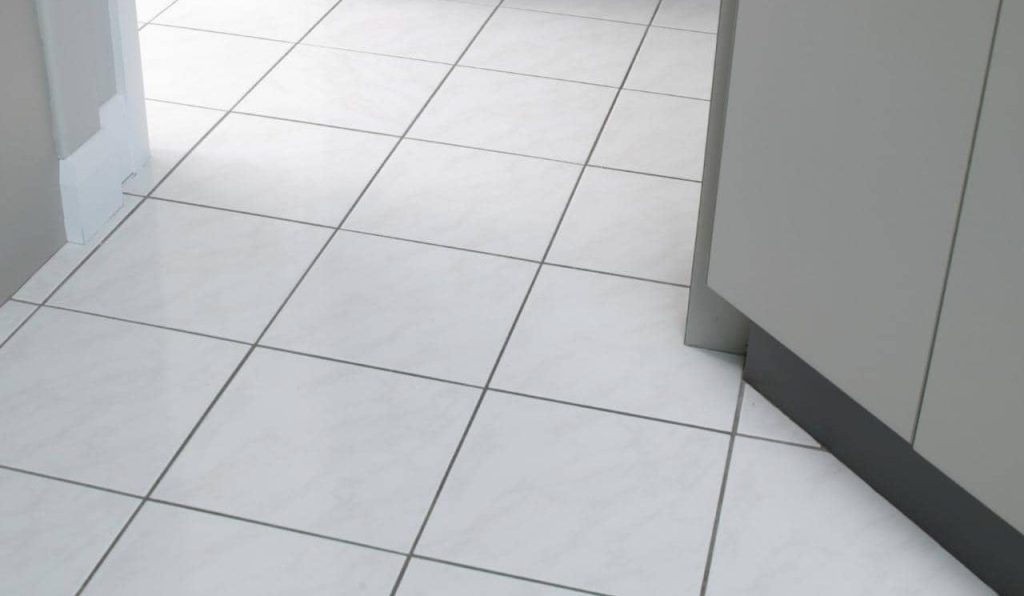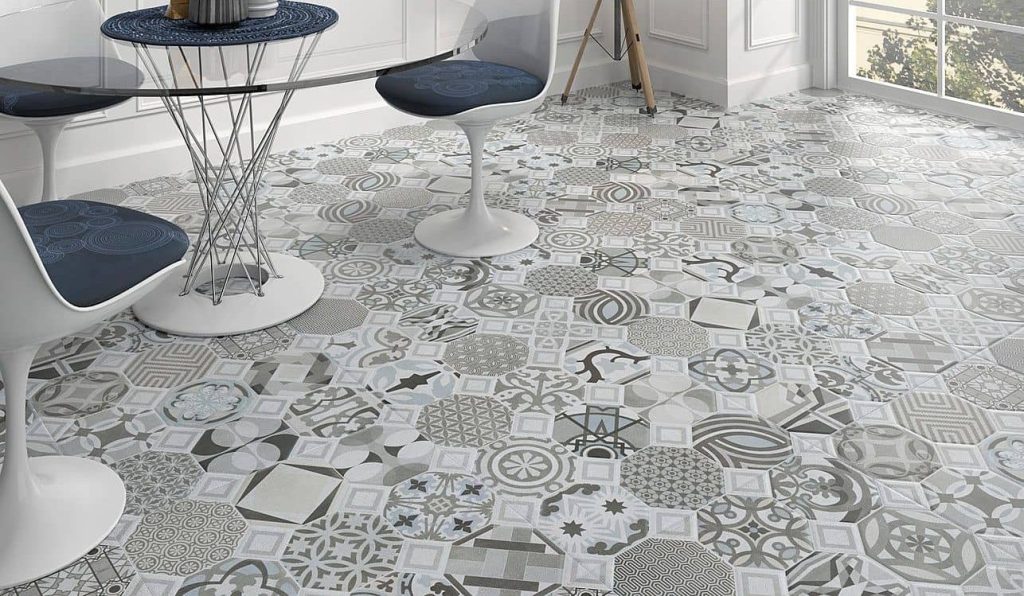Ceramic tile, as one of the most widely used international industry markets, deserves more attention and similar trends. Following the broad global industry, in addition to rising prices, ceramic tile not only brings us into interesting information, but also helps us trade in this market with lower risk and higher success.
In 2020, the market value of ceramic tiles was estimated at $50.84 billion. The market value is expected to increase from the current value of $54.41 billion in 2021, worth $77.82 billion in 2028, with the Combined Annual Growth Rate (CAGR) between 2021 and 2028.
Demand for these goods has declined in all industries due to the huge impact the COVID-19 epidemic has on the world.
Based on our findings, the global market appears to be going down by 9.7 percent in 2020.

The sudden increase in GEGR can be attributed to the fact that demand and growth in the business is returning to the level it was before the pandemic.
The ceramic tile sector is moving forward with increasing construction work and rising national costs in expanding the existing physical infrastructure.
The increased demand for goods can be attributed to features such as the exceptional durability of the item, water resistance, and crack and appeal.
When it comes to decorating and rebuilding the interior of homes, business places, shopping malls and other kinds of buildings around the world, ceramic tiles are quickly turned into the materials of choice.
In addition, factors such as population growth and the increase in the amount of money considered a one-time consumption contribute to the development of the market.

Trends in Ceramic Industry
It is important to be up-to-date in any area, including the ceramic industry. To sell as much and as better as possible, manufacturers have to follow the current trend, which helps them sell in competition with other vendors.
Large size: Large and thin ceramic tiles are used more every day. They are also used for wall counters, tables and hotels. Modern machines and clay additives have increased production in general.
Ceramic tiles everywhere: in previous years, we might see the peaks of this process, but this year, we saw Chinese tiles everywhere! Tile makers are creative with decorative ceramics. Tiles can be used to fill floors and walls outside the bathroom.
360 Degree Ceramic Kitchens: Kitchens have evolved over time. Ceramics were used on walls, floors and even high work, in which sticks cut meat and vegetables without a board.

The inductive cocktails on the ceramic roof caught our eye. Modern and useful. I loved it. Pools are not blue: Nowadays, pools can be made from different materials and mixed in different ways.
Blue green tiles are no longer linear pools. Imagine a pool with imitation tiles of anti-slip wood for floors and medium white tiles for porch walls.
Stylish baths: ceramics have long been used as sanitary ware and tile in bathrooms, but in the construction of bathrooms they are often used as an innovative way to make stylish bathrooms.
We saw everything from the tiles on the small wall and the tiles to the shower fittings like granite. The gadget may continue to object to you.
High resolution printing:
Print quality affected us. This has made significant progress.

High quality printing is used to make wall tiles and “beautiful” floor and similar to stone, wood and other natural materials. If you don’t touch them, you don’t know they’ve been printed.
New eco-friendly inks are emerging and we expect this trend to continue. Industry 4.0: Full production and mergers of sales have been a market need for decades.
For the best product, the processes are fully automated. Digitization affects marketing, design, process integration and control.
High quality printing heads can create wallpapers and nature mimics, and websites that enable you to create your own space can help you imagine how tiles of a brand look in your kitchen.
Ceramic Tiles Market Size
In 2020, the ceramic tile market was worth US$207.7 billion. Increasing additional income, population growth, reconstruction and construction, consumer interest development and trading companies all have contributed to growth in the ceramic tile or marble market.
The growth of the coordinated retail sector and the growing popularity of developing countries paved the way for market expansion.
Market development, however, has been constrained by fluctuations in natural material prices and increases in regulations and taxes.
The GDP of each country has been severely affected by the coronavirus. The global economy has been devastated by the nationwide shutdown of small businesses.
The world has entered the global recession due to a general decline in consumer spending, and complete recovery is not normal immediately.
Since the closure has upset many development initiatives and activities, including government framework projects that were in progress, have been completely halted.
The development industry, like other industries, needs manpower.
Widespread unemployment in the development sector sparked an unending anger that is driving workers back to their country to extend the pandemic.
In fact, development groups will work with less money, work hours and work hours even if certain countries facilitate restrictions on quarantine, which can further delay delivery of projects.
According to estimates, government plans will initially work, but even the government finds financing large-scale by the end of this year difficult because of need for planned revenues.
The ceramic industry also felt the effects of stagnation in the development sector.
In addition to closing establishment offices, some new trade and development jobs will also be eliminated, leading to a decrease in demand for ceramic tiles in 2020.
Ceramic Tile Price Increase
Sharp fluctuations in the raw material trade have an effect on the price increase of ceramic tiles. In the ceramic section, the term was often used in 2017.
By early April, prices will also go up to 2021. This year, unlike previous years, the price increase was higher and higher.
Why is the rising cost of ceramic wall tiles more announced in 2021? The following list of factors can be used to summarize the Mabari Tile Decoration Institute.
First of all, certain raw materials no longer lead to an increase in the prices of raw materials in 2021; Instead, there will be a significant increase across the board.
On the one hand, the price of direct raw materials used to produce ceramics has increased.
The raw materials used by upstream and downstream businesses, such as carton factories, packaging factories, printing plants and transportation companies, on the other hand, have shown the growth trend of different quantities.
second, when gas costs rise in major production areas, the coal-to-gas program significantly negatively affects the ability of furnace production.
On the one hand, some company owners were shouting that if gas prices increase, they would immediately close the furnace and stop production. In contrast, because of limited gas supply, it was impossible to fully open the production capacity.
Third, there is huge demand for the market.
Self-constructed homes, home improvements, tools and other projects that were stopped as a result of the COVID-19 outbreak in 2020 may appear to have volume, and short-term increases in 2021 with increased production capacity.
Finally, the production capacity and common ceramic furnaces are indeed limited.
The number of refurbished furnaces is significantly greater than newly built furnaces as a result of major companies and brands increasing their efforts to enter the market for paving and floor, while ceilings and flooring have begun to enter a period of high-speed growth.
This has led to the emergence of popular products. Production timeline is limited.










Your comment submitted.